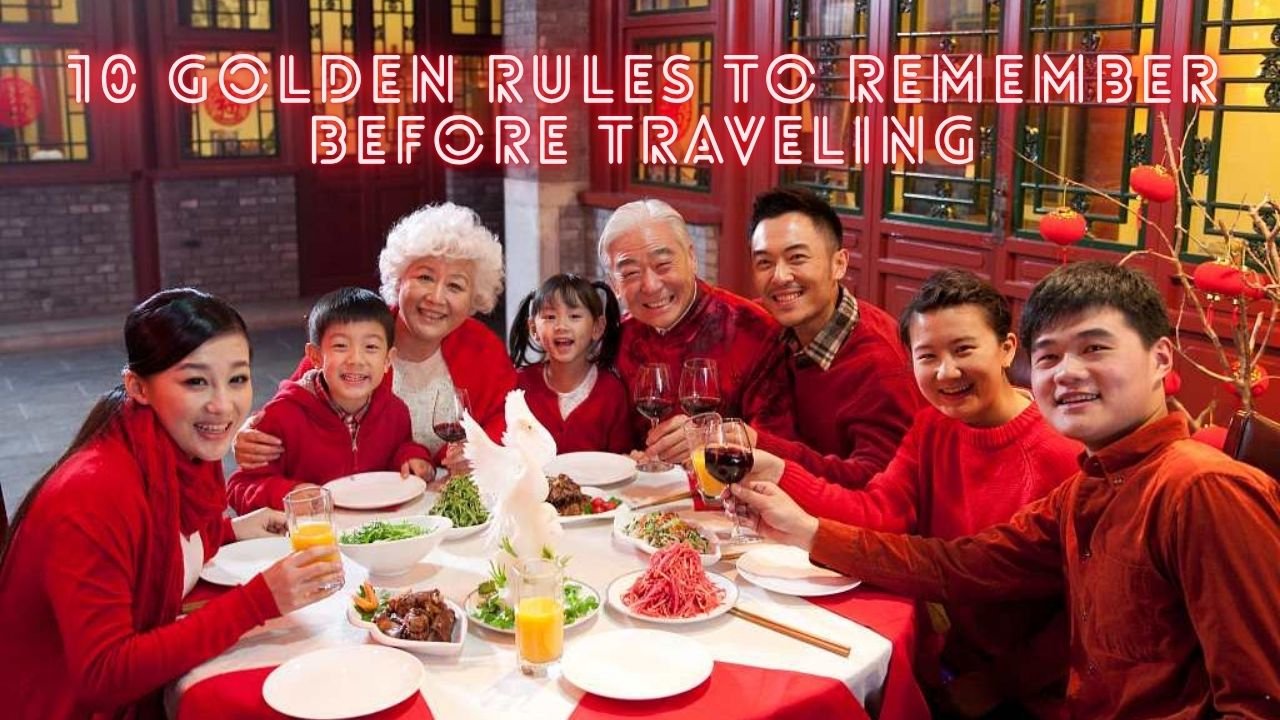China is a land of rich tradition, fascinating traditions, and an notable culinary historical past that stretches again hundreds of years. For tourists, Chinese cuisine is one of the most memorable components of the adventure. From steaming bowls of noodles to delicate dumplings and bold flavors of Sichuan dishes, the variety of meals can be overwhelming if you don’t apprehend what to anticipate. To assist you absolutely enjoy your meals revel in, right here are ten golden guidelines to recollect earlier than visiting to China.
1. Embrace Regional Diversity
Chinese delicacies isn’t a unmarried entity however a set of regional styles. Sichuan is well-known for its spicy and numbing flavors, Guangdong (Cantonese) emphasizes freshness and mildness, at the same time as northern China leans in the route of noodles and dumplings. Understanding this range will help you respect the terrific food cultures throughout the country.
2. Be Open to New Flavors and Textures
Some dishes may also seem unusual at first—suppose fowl toes, century eggs, or jellyfish. While now not all of country’s taste, these ingredients are a part of China’s culinary subculture. Approach them with curiosity rather than hesitation, as they’ll marvel you.
3. Learn the Dining Etiquette
Chinese dining is communal. Meals are regularly shared, with dishes placed inside the middle of the table for everyone. Using serving spoons in preference to private chopsticks for shared plates is polite. Also, in no way stick chopsticks upright in rice—it resembles funeral rituals and is considered disrespectful.
4. Expect Rice and Noodles, but Not Always Together
Rice dominates the south, while noodles are staples in the north. It’s rare for both to seem inside the identical meal. Knowing this cultural distinction facilitates you put realistic expectancies.
5. Don’t Be Afraid of Street Food
Chinese road meals is an critical a part of the experience. From skewered lamb in Xinjiang to Jianbing (savory crepes) in Beijing, street providers provide real and lower priced flavors. Just pick stalls with excessive turnover for brisker food.
6. Tea Is a Cultural Staple
Tea is greater than a drink; it’s a image of hospitality. In many restaurants, hot tea is served routinely, and in homes, presenting tea is an indication of respect. Take time to strive extraordinary teas like jasmine, oolong, or Pu-erh.
7. Understand the Balance of Flavors
Chinese cooking values stability—sweet, bitter, salty, spicy, and bitter. Each dish often combines multiple elements to attain harmony. For instance, sweet and bitter red meat or spicy and numbing hotpot show this balance.
8. Pay Attention to Meal Times
Chinese meal times can be in advance than in lots of Western international locations. Lunch is usually served between 11:30 am and 1:00 pm, whilst dinner often begins around 6:00 pm. Arriving too late may imply lacking the best dishes.
9. Watch Out for Food Spiciness
If you’re now not used to highly spiced food, be cautious when ordering in areas like Sichuan or Hunan. Even “moderate” there can be too hot for a few travelers. Learn to say bù là (now not highly spiced) if you need to tone it down.
10. Respect the Cultural Importance of Food
Food in China is not just about eating; it’s about circle of relatives, lifestyle, and birthday celebration. Meals are a way of connecting with others. Respect this cultural significance by way of engaging within the dining enjoy, appreciating the attempt, and showing gratitude.
Conclusion
Traveling to China gives more than simply sightseeing—it’s a culinary journey full of flavors, traditions, and cultural values. By remembering those golden hints, you’ll now not handiest experience the superb variety of Chinese delicacies but additionally be a part of more deeply with the lifestyle within the again of each dish. Whether you’re savoring spicy Sichuan hotpot, sensitive Cantonese dim sum, or rustic northern noodles, each bite is a flavor of records, philosophy, and community.
